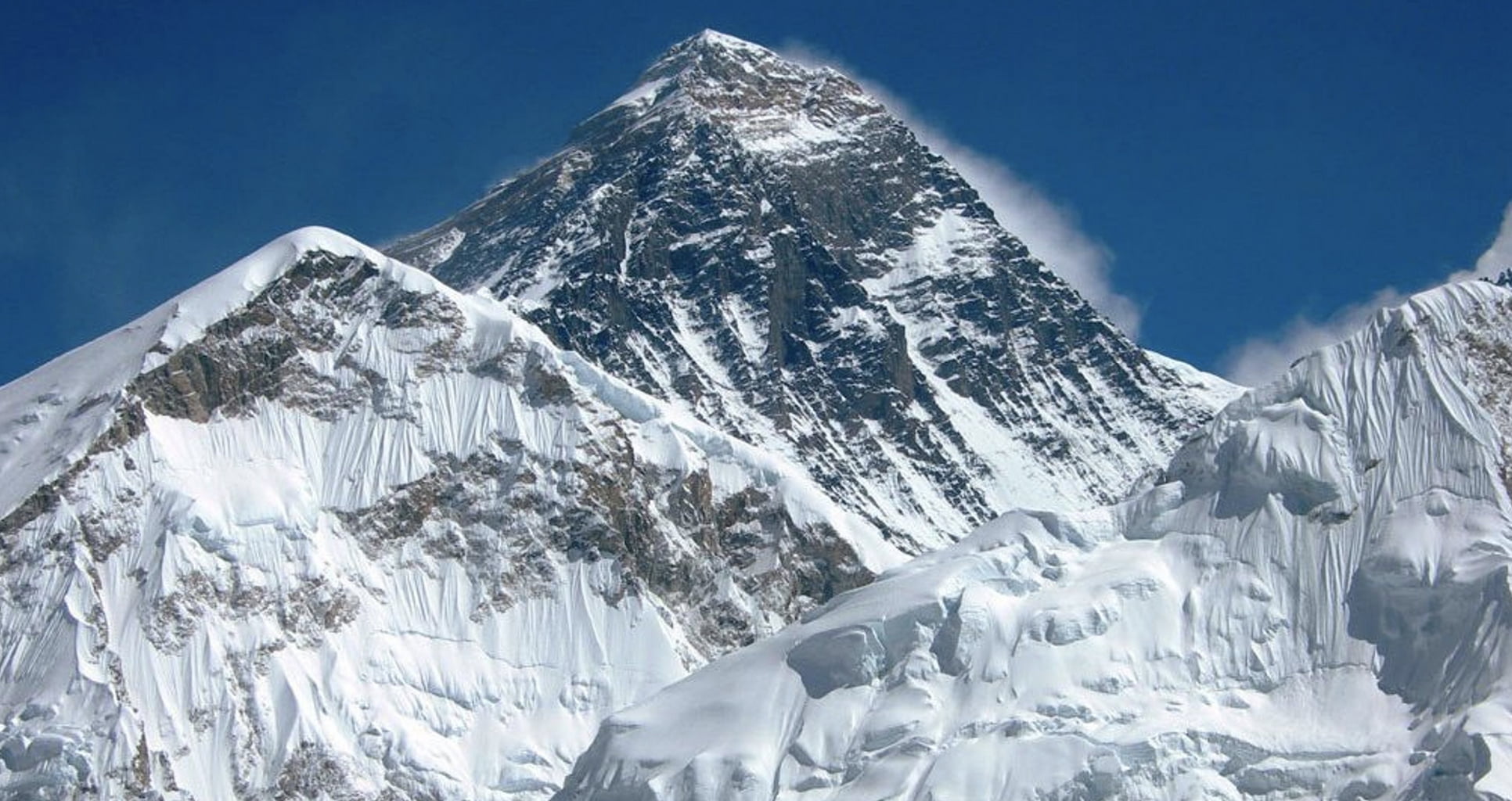
Daily Mountain
48 years, Australia
How Mount Everest Got Its Name
This article first appeared on http://explorersweb.com. The original can be read here.
Before the 1865 survey that led to rechristening the world’s tallest peak, the peoples of the Indian subcontinent spoke of it as a goddess, a giant that watched over the world.
Known as Chomolungma (Goddess Mother of the World) in Tibetan, Sagarmatha (Mother of the Universe) in Nepalese and Shengmu Feng (the Holy Mother Peak) in Chinese, Mount Everest is indeed the mother of all mountains.

Other translations include “head” or “sky” in their names, giving it an otherworldly quality and humbling our own existence in the shadow of its majesty. Its sheer size is unparalleled; its lesser counterparts like K2 do not come close in either enormity or supposed divinity.
Its reputation among the Himalayan peoples reached the ears of Sir George Everest, the Welsh-born Surveyor General of India from 1830 to 1843. At that time, western geographers prosaically referred to the mountain as Peak XV, which hardly did it justice. During Everest’s entire career, Kangchenjunga was considered the tallest mountain in the world, but in 1852, an Indian surveyor first calculated that Peak XV was much higher. It took several more years of checking and re-checking before its prominence was widely accepted.
 Sir George Everest, Surveyor General of India. Photo: India Today
Sir George Everest, Surveyor General of India. Photo: India Today
In 1865, the Great Trigonometrical Survey — a multi-decade project to measure the entire the Indian Subcontinent, including the great mountains of the Everest region — neared completion. Often the British picked local names, as with Dhaulagiri, but this new mountain had so many identities that rather than choose one over the others, the new Surveyor General, Andrew Scott Waugh, named it after his mentor and predecessor, although Everest himself never participated in its survey.
In a memoir, Waugh wrote, “In the meantime, the privilege as well as the duty devolves on me to assign…a name whereby [the mountain] may be known among citizens and geographers and become a household word among civilized nations.” While Sir George Everest himself — who continued to modestly emphasize that he had nothing to do with its measurement — would have preferred a more traditional or indigenous name for the mountain, the name Everest stuck. A hundred and fifty years later, it has come to symbolize wonder and ambition.
Despite Everest’s lack of involvement in the project, his reputation as one of the world’s most accurate mapmakers at the time earned him the honour. Remarkably, the way we say Everest today is actually a mispronunciation. The proper Welsh pronunciation of the Surveyor General’s surname is ‘Eeve-rest’, but it eventually evolved into ‘Evv-rest’. Phonetics and irony aside, Everest has become a holy pilgrimage site for all mountaineers and thrill-seekers, and continues to dominate the mythology of the communities living its shadow.





